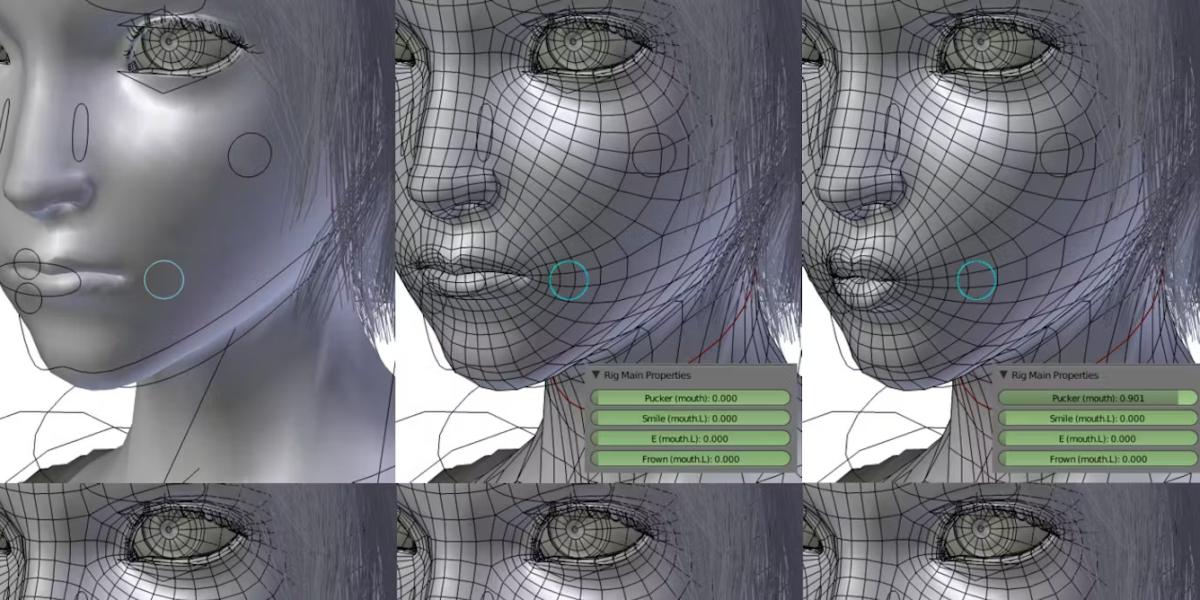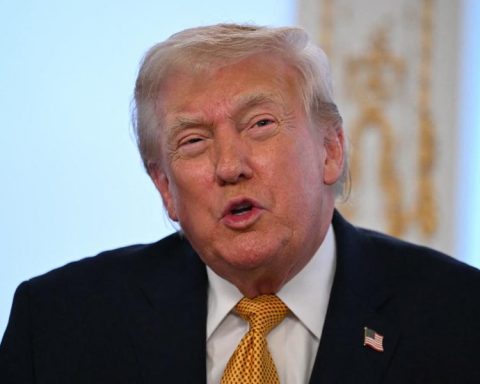In recent weeks, we have seen Videos created by artificial intelligence to discredit political rivals. But this technology does not only serve to feed bulos and propaganda. It all depends on the prism of which you look: it can also be an ally in the fight against misinformation.
The arrival of the Deepfakes
A Deepfake It is an altered audiovisual content by artificial intelligence (Deep Learning). The most popular thing is to change someone’s facial expression. Other times the features of two people are mixed.
The former appeared in 2019, although their boom came during the Covid-19 pandemic.
The Deepfakes of a false Tom Cruise became viral in Tiktok in 2021.
In 2021, A TikTok account He published several videos of Tom Cruise. Where has Tom Cruise learned to do magic? Since when do you know how to play the guitar? Actually, they were recordings made to a double of the actor. The videos, which represented a leap of quality in this type of productions, were edited with computer programs and artificial intelligence algorithms.
In electoral campaign
In 2024, after analyzing the presence of Deepfakes In electoral processes, a study He concluded that many of them are disseminated by the political environment.
The objective can be to promote a campaign. Or discredit the rival. This trend has recently arrived in Spain.
Some videos have been eliminated before protestssince, in addition, they can harm the public image of third parties.
The controversy It also arises when justifying its use. Does this type of technologies allow communication to “evolve”? The Advertising campaigns with Deepfakes Are they “more effective”?
Do they affect confidence in the media?
A study Published in 2025 addresses this issue, focusing on the impact of the Deepfakes on the credibility of the media. According to the authors, this practice causes a loss of confidence in the media, as the participants found after being informed of the deception.
On the other hand, it points out that it is not clear if being exposed to these contents affects our ability to differentiate between a real and false image. Also, the authors could not find what factors do to a format Deepfake more or less credible. In fact, these videos do not seem to disappoint the audience more than a false news written in the traditional way.
Weapon against misinformation
The scientific community proposes to use the Artificial intelligence to fight misinformation.
The processing of natural language, which studies the expressions that appear in the texts, is effective in detecting inconsistencies in false news.
Besides, Automatic learningwhich analyzes large volumes of text to make predictions, can help discern between real information and falsehoods.
Another tool is the feelings analysiswhich evaluates the tone or emotion of a text and is useful for looking for polarized content on social networks.
Advantages and disadvantages
These techniques have advantages against human content moderators. The first is that artificial intelligence analyzes much more information. In addition, he does it automatically in much less time.
Another advantage is immediacy: we can detect in real time trends and themes that arise in social networks. This helps intervene faster.
However, AI tools also have limitations. They lack context to understand complex language expressions. They do not know how to interpret double senses.
One more inconvenience is that they are biased by the true and false information with which they have been trained. In addition, they are not transparent in their decisions when determining whether news is false or not.
So is it possible to detect Deepfakes?
So, is it possible to detect Deepfakes?
The European regulation It requires identifying an audiovisual content generated by artificial intelligence. These regulations can persuade public personalities, media or companies, when what is at stake is to preserve their reputation.
On the other hand, the same technology that generates the Deepfakes It can help detect them. After processing large amounts of examples, The AI learn to find characteristics that distinguish false and real contents.
Today, however, the generation of Deepfakes It is much more advanced than detection. If the image quality is low, detectors have problems to analyze it. To this is added that they still throw enough “false positives”, that is, they often catalog Deepfake A content that is not.
Meanwhile, what is clear is that the generation of artificial intelligence content will continue to increase. The precision of faces, human movements and voices will continue to be perfected.
But the battle is not there. The key is to make responsible and ethical use of artificial intelligence.

















